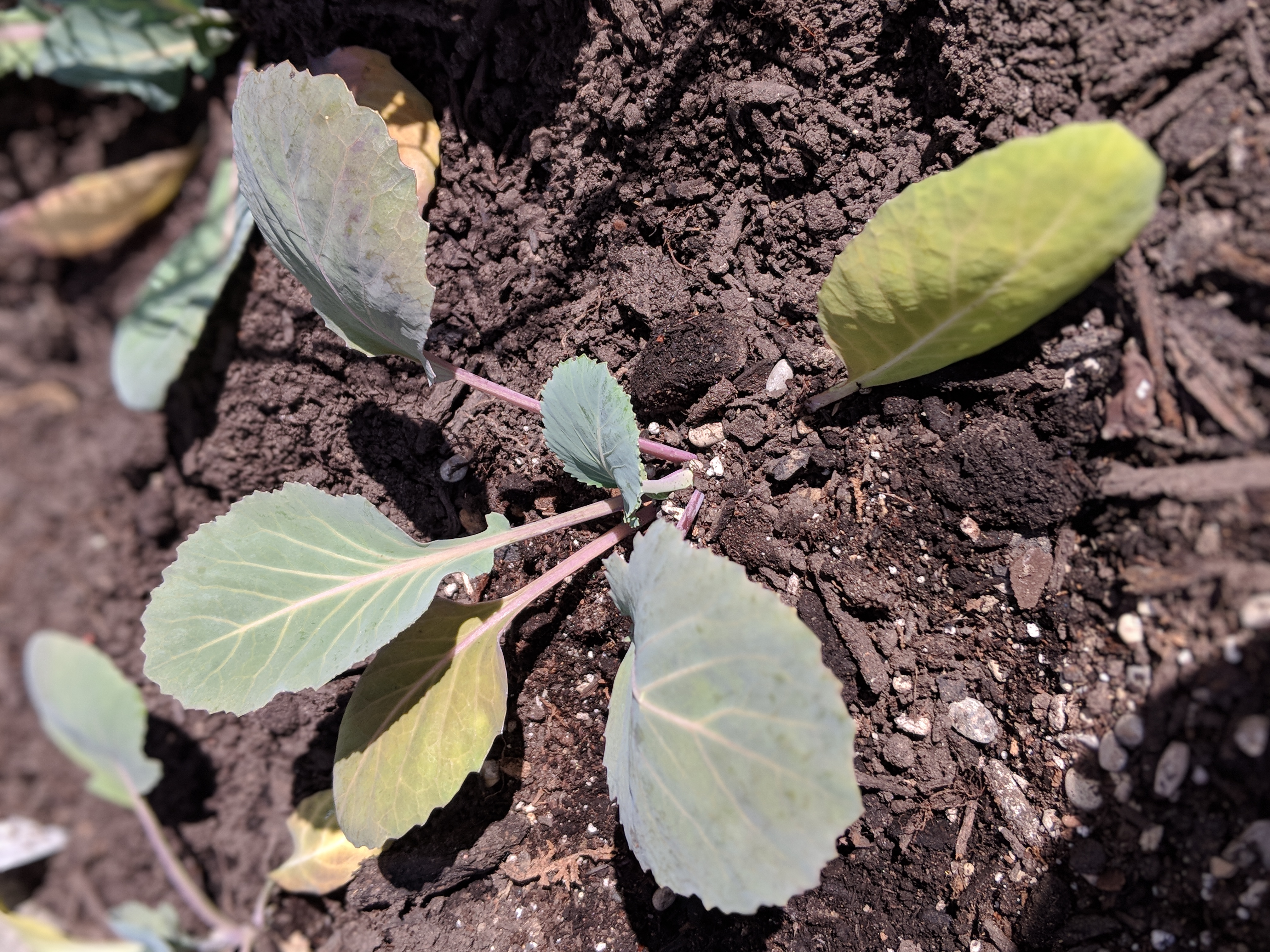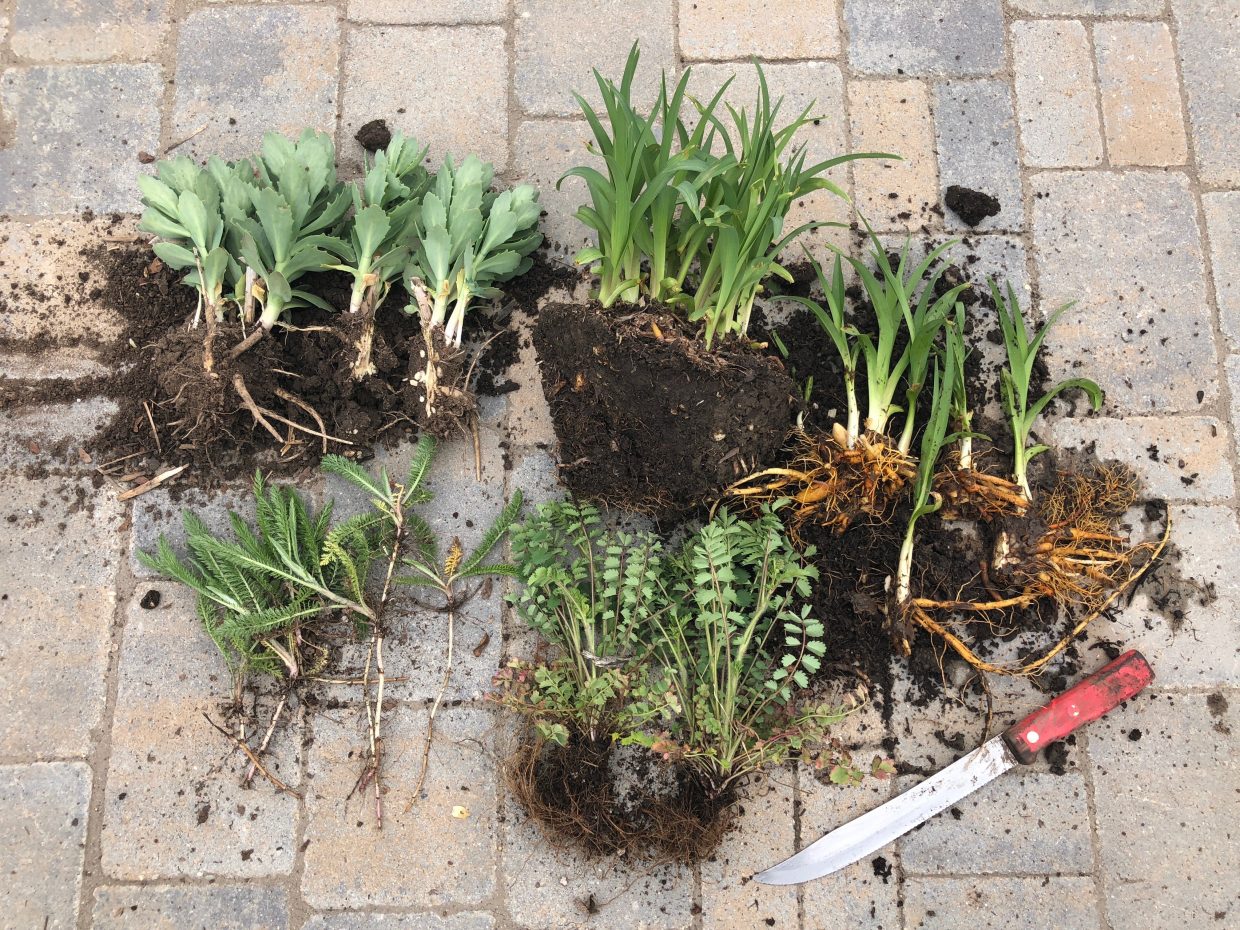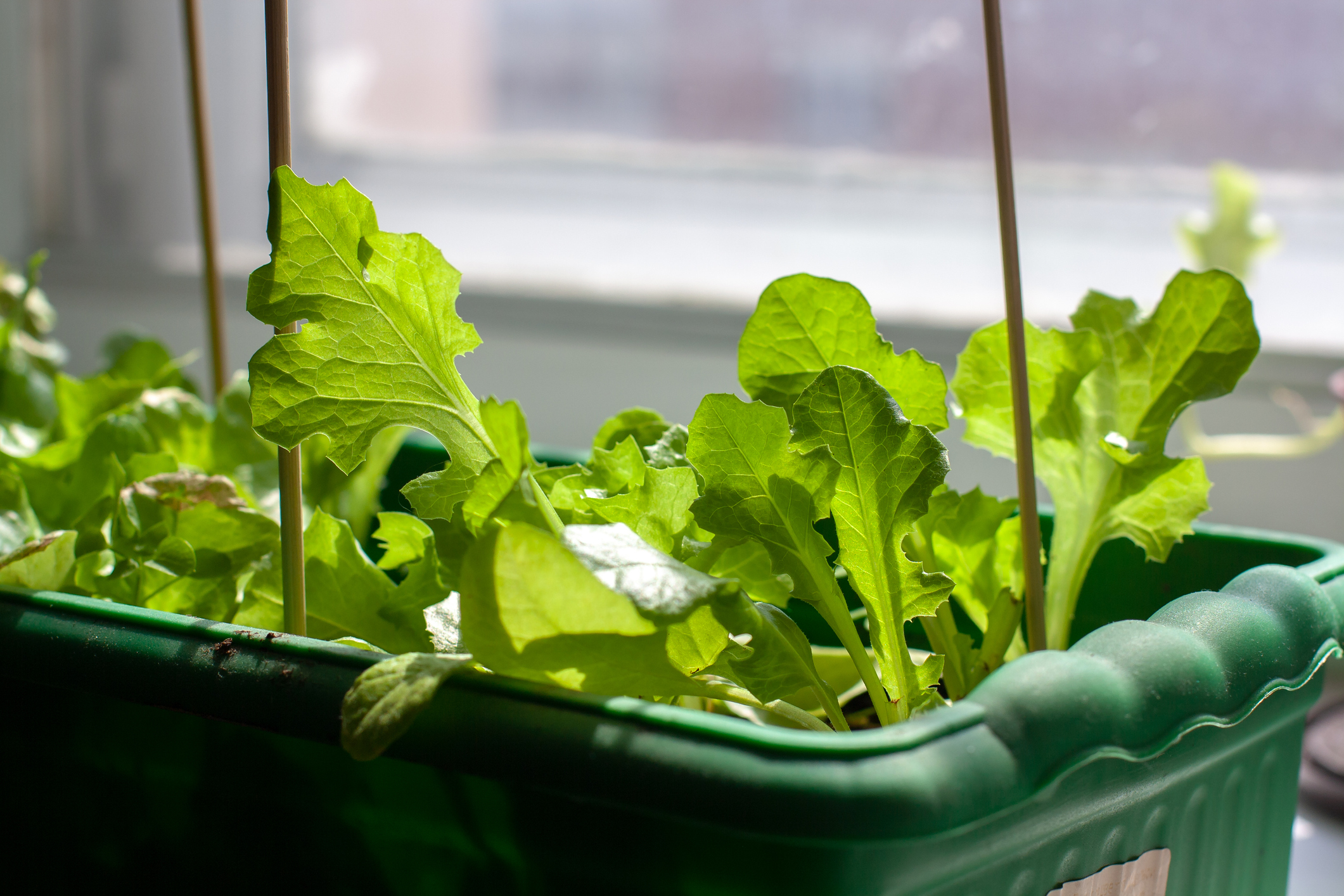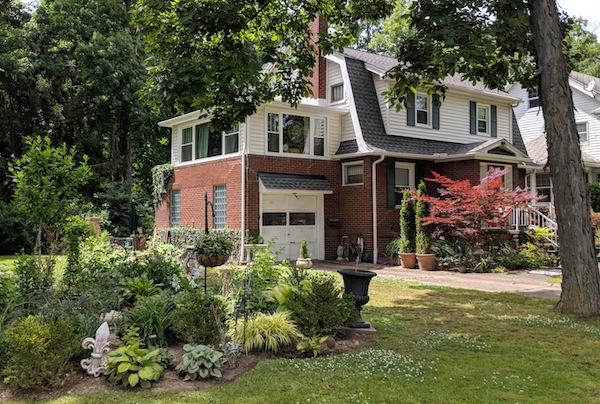With the very cold Spring we have had this year in Bedford, many of us – including myself – have not had much of a chance to get out into the garden. But the weather is finally warming up and it is time we got out there and caught up on lost time. There is no better way to do this than by planting some cabbage sprouts in the garden.
Cabbage is always a tricky proposition here in Bedford and Northeast Ohio due to the fact that our Springs’ cool weather tends to be rather short. But with a little bit of know how, you can be successful.
The first tip is to make sure that you plant early enough. Cabbage seeds can be planted outdoors in March (a little too late for this year, but now you know for next year) and cabbage sprouts can be planted outside in mid to late April (that means right now, for those of you following along at home). While we are still at risk for some frost, cabbage sprouts are able to take a mild frost and will not be damaged should we get a frost.
I checked the local stores to see if they were carrying cabbage sprouts yet. Both Lowes and Home Depot did not have any cabbage sprouts. Petitti’s in Oakwood said they would have some in the next week or two. Gales Garden Center in Maple Heights had a very nice selection of early, mid and late cabbage in both green and purple.
Choose cabbage spouts that are unwilted and short. Avoid leggy looking sprouts as this is an indication that the seedling has not gotten enough sunlight and may not produce well for you.
Once you get your cabbage sprouts home, prepare your container or soil for planting. Make sure that the soil is well draining and it never hurts to work in some compost or a light application of a balanced fertilizer. Make sure that you work the compost or fertilizer into the soil around the hole where you plan to plant. If you put the fertilizer directly into the planting hole, you can burn the roots of the plant.
Once you have the soil prepared, is a small hole that is deep enough so that the cabbage sprout will sit at the same level as it was in the seed tray. Gently work the cabbage sprout out of the seed tray and gently tear into the root ball of the seedling just to help free up the roots that are likely growing into each other and crowed. Then place the cabbage sprout into the hole and back fill the hole. Press the soil down carefully around the sprout to make sure that you collapse any possible air pockets.
Plant the rest of the cabbage sprouts in a similar manner and space them about 8”-12” apart. When they are all planted, water them thoroughly. Then mulch heavily around the cabbages to keep the soil cool and to protect the plants’ roots when the weather gets warmer. If the temperatures shoot up too much before the cabbage is ready, you can add some shade to the area to see it through to harvest.






